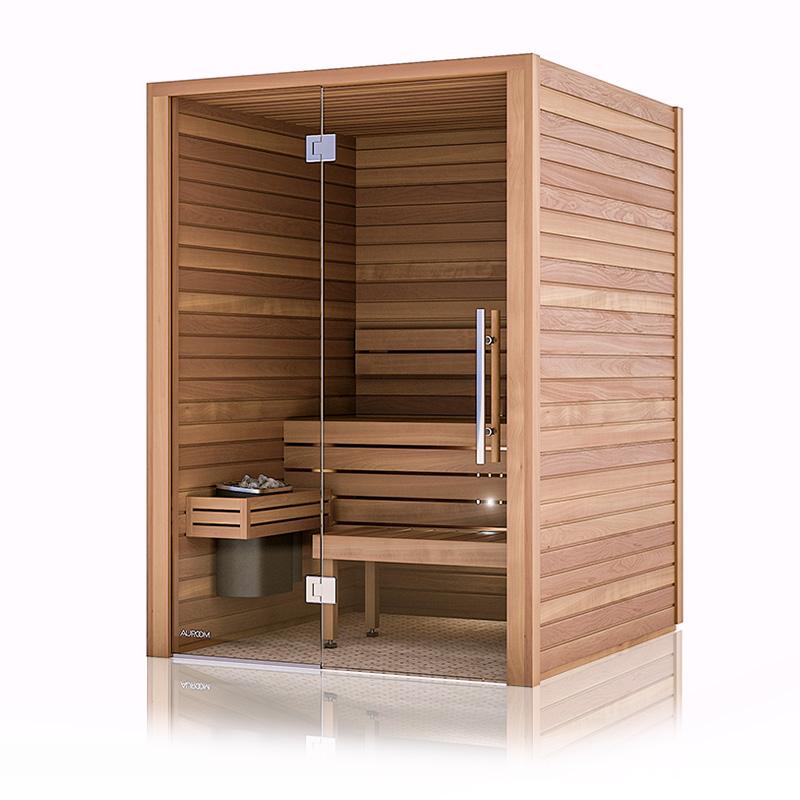The Best Guide To Traditional Sauna
The Best Guide To Traditional Sauna
Blog Article
The Greatest Guide To Traditional Sauna
Table of ContentsSome Known Details About Traditional Sauna What Does Traditional Sauna Do?The Basic Principles Of Traditional Sauna The Main Principles Of Traditional Sauna Not known Details About Traditional Sauna
Power financial savings is one point to think about for people who intend on utilizing their sauna often. For a standard sauna, bathers typically need to wait for 30-40 minutes for the space to pre-heat before getting in. Infrared saunas, on the various other hand, commonly reach their excellent temperature in around 15 minutes.That suggests that in an infrared sauna, bathers can start appreciating their sauna promptly. One difference between the 2 types of sauna that is often ignored is the social experience.

The 6-Minute Rule for Traditional Sauna

Attempt a sauna today and find a few of the fantastic advantages on your own!.

Elements such as warmth tolerance, wanted level of detoxification, and general health needs to be considered when deciding which kind of sauna to use. Infrared saunas are a kind of sauna that make use of infrared light to heat the body straight, as opposed to heating the air around the body like standard saunas.
Fascination About Traditional Sauna
The temperature in an infrared sauna is generally less than in a standard sauna, with temperature levels ranging from 120F to 150F. Infrared saunas offer a variety of benefits that make them an appealing option for those aiming to boost their health and wellness and health and wellbeing. Some of the benefits of infrared saunas include: Infrared saunas use lower temperatures than traditional saunas, which can make them much more comfortable for those who find heats challenging to tolerate.
This can assist to promote relaxation, decrease muscle mass tension, and ease pain. Some professionals suggest that infrared saunas may provide benefits for calming an aching throat. Infrared saunas have been shown to assist the body get rid of toxic substances with sweating. Sweating can also assist to boost skin wellness by getting rid of pollutants and dead skin cells.
The heat created by infrared saunas can assist to increase blood circulation and improve blood circulation. Infrared saunas have been revealed to help minimize stress and advertise relaxation.
With their lower temperature levels, deep penetration, and variety of health advantages, infrared saunas are a terrific means to unwind, relax, and boost your general wellness. Typical completely dry saunas have actually been around for centuries and are still popular today. They are typically warmed with wood, gas, or electrical energy and have reduced humidity levels.
Traditional Sauna Can Be Fun For Everyone
There are several benefits to utilizing a conventional completely dry sauna. Below are a couple of: Relaxation: The high temperature and low moisture in typical completely dry saunas can help relax the muscle mass and minimize stress and anxiety degrees. Detoxification: Sweating in a sauna can assist get rid of toxic substances from the body, which can enhance general wellness.
When it comes to saunas, there are two primary types of heating methods: conventional and infrared. Conventional saunas make use of warmed air to heat the body, while infrared blog saunas utilize infrared radiation to pass through the skin and warmth the body from within. One of the major distinctions in between the two techniques is the kind of warmth they generate.
Typical saunas warm the air, which after that warms the body via convection. Infrared saunas, on the various other hand, warm the body straight with radiation.
In terms of power effectiveness, infrared saunas are generally more reliable than standard saunas because they call for less power to run. They likewise heat go to my blog up more promptly, so they can be made use of for shorter sessions. Traditional Sauna. When it concerns the results on the body, both types of saunas have been shown to have advantages
Top Guidelines Of Traditional Sauna
Infrared saunas have been revealed to have comparable advantages, as well as possibly aiding with detoxification, skin health, and immune function. Generally, the choice in between a typical or infrared sauna comes down to personal choice and individual needs. Standard saunas might be much better for those who choose greater temperature levels and an extra extreme sweat action, while infrared saunas might be much better for those who desire an even more gentle and effective warm treatment.
Both kinds of saunas supply unique benefits and disadvantages that should be taken into consideration prior to making a decision. The option between an infrared sauna and a standard completely dry sauna greatly depends on personal choice and the desired benefits. Those who prefer a more comfy, reduced temperature level environment might prefer an infrared sauna, while those that are seeking extreme warmth and a typical sauna experience may prefer a traditional dry sauna.
Here are some safety tips to remember when using infrared and standard dry saunas:: Saunas can cause excessive sweating, causing dehydration. It is essential web to consume a lot of water before, during, and after sauna sessions to remain hydrated.: It is advised to restrict sauna sessions to 20-30 minutes to avoid getting too hot and dehydration.
Report this page